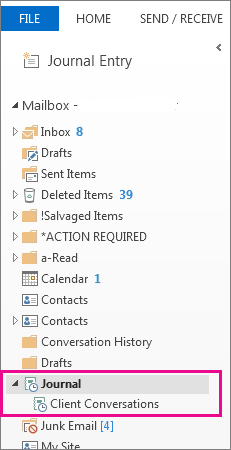
Filtering can be done based on sender or receiver details, type of message, date, and other data.
 Holding and finding items based on specific criteria.įind Information with In-Place eDiscoveryĪdmins and authorized users can search for contents such as messages, calendar appointments, attachments, tasks, and contacts easily through the Exchange admin center (EAC) or PowerShell. Reducing dependence on Messaging records management (MRM) to preserve data. Saving original copies to safeguard against tampering, malicious or mistaken changes. Overriding automatic mailbox content deletion. Here are some other scenarios when the two features might come handy. In such situations, In-Place Hold or Litigation Hold may be used. This may apply to a certain individual or a topic. Some organizations may have to retain electronically stored information (ESI), such as emails, over a longer duration so that they can be accessed if a need arises without knowing the specific details of a case. Enforce Litigation Hold and In-Place Hold These policies can be used to determine the time, after which an item such as an email, will be automatically moved to a personal archive, and then be deleted after a certain duration. Alternatively, users themselves can be given the choice of applying appropriate policies to conversations, folders, and other items using Outlook. Organizations can reduce their liabilities they could accrue from communications of their employees using channels such as emails and chat by modifying the retention settings of their employee mailboxes. Why Migrate for SourceOne to Office 365?Įxchange Online that is available with various Microsoft 365 and Office 365 plans incorporates most of the features that businesses need to become fully compliant with their legal requirements for archiving. In this blog, let us explore the nuances of the EMC SourceOne to Office 365 migration.
Holding and finding items based on specific criteria.įind Information with In-Place eDiscoveryĪdmins and authorized users can search for contents such as messages, calendar appointments, attachments, tasks, and contacts easily through the Exchange admin center (EAC) or PowerShell. Reducing dependence on Messaging records management (MRM) to preserve data. Saving original copies to safeguard against tampering, malicious or mistaken changes. Overriding automatic mailbox content deletion. Here are some other scenarios when the two features might come handy. In such situations, In-Place Hold or Litigation Hold may be used. This may apply to a certain individual or a topic. Some organizations may have to retain electronically stored information (ESI), such as emails, over a longer duration so that they can be accessed if a need arises without knowing the specific details of a case. Enforce Litigation Hold and In-Place Hold These policies can be used to determine the time, after which an item such as an email, will be automatically moved to a personal archive, and then be deleted after a certain duration. Alternatively, users themselves can be given the choice of applying appropriate policies to conversations, folders, and other items using Outlook. Organizations can reduce their liabilities they could accrue from communications of their employees using channels such as emails and chat by modifying the retention settings of their employee mailboxes. Why Migrate for SourceOne to Office 365?Įxchange Online that is available with various Microsoft 365 and Office 365 plans incorporates most of the features that businesses need to become fully compliant with their legal requirements for archiving. In this blog, let us explore the nuances of the EMC SourceOne to Office 365 migration. 
Using a dedicated on-premises archiving solution suddenly seems to make much less sense. It has advanced security and compliance features that are on par with third-party solutions. That has changed as Exchange Online has matured as a product.

There was a necessity to maintain these expensive third-party archiving solutions almost a decade ago when even the widely popular on-premises Microsoft Exchange solutions lacked advanced compliance features and sufficient storage for retaining older emails. This is true of even organizations that are in the last leg of their transition from their legacy on-premises solutions to the cloud. Many businesses continue to use third-party archiving solutions for retaining content.







 0 kommentar(er)
0 kommentar(er)
